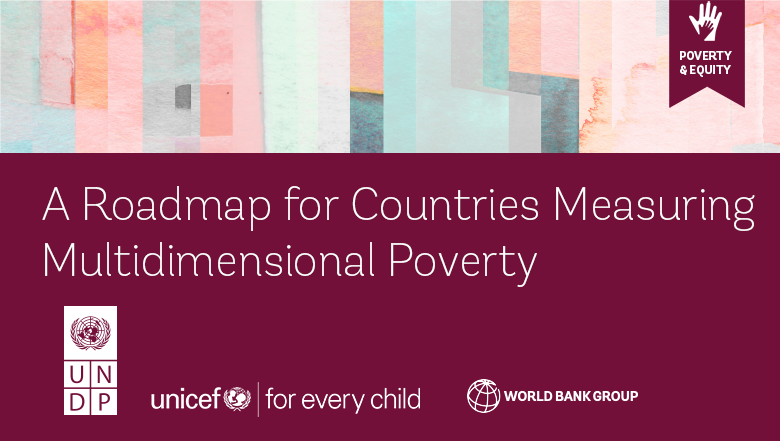
Traditional measures of poverty have focused on income or expenditure based on a minimum threshold required to purchase a basket of essential goods and services. However, important aspects of well-being might not be fully captured through monetary measures alone. Multidimensional poverty measures seek to address this shortfall and have been adopted as an official UN indicator for the 2030 Agenda and its Sustainable Development Goals (SDGs) as “SDG 1.2.2: Proportion of men, women and children of all ages living in poverty in all its dimensions according to national definitions.”
A particular feature of SDG Indicator 1.2.2, as opposed to others in the Global SDG Indicator Framework, is that a global methodology is not mandated; each country is expected to define its own national measure of multidimensional poverty. As custodians for SDG Indicator 1.2.2, governments are responsible for reporting their measure of national multidimensional poverty into the Global SDG Indicator database.
As partner agencies working together to support member states in their custodianship of SDG 1.2.2., UNDP, UNICEF, and World Bank have jointly produced this document to offer a roadmap for governments seeking to design and adopt a measure of multidimensional poverty. The roadmap presents the rationale for developing such measures, an overview of the main approaches, and a general guideline for the steps to follow. Through real country examples, the document highlights many possible outcomes of the decision-making process required to adopt a successful measure of multidimensional poverty.
Download the executive summary or the entire document.
Learn more about SDG 1.2.2 and countries that have adopted a Multidimensional Poverty Measure by downloading the SDG 1.2.2 metadata.
